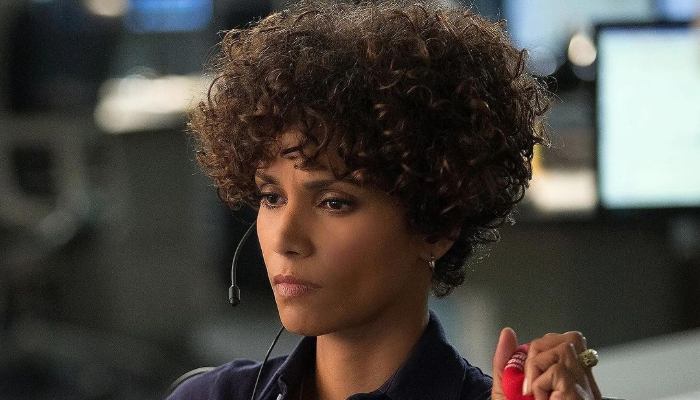The Fundamentals of Genital Herpes
A mouth and lip infection known as oral herpes is typically brought on by type 1 (HSV-1). Cold sores and fever blisters are two popular names for the symptoms. HSV-1 was once thought not to cause genital herpes, but this is increasingly changing, especially in young people who start having sex.
Herpes Support Group: What Is It?
Anyone can find it challenging to receive a genital herpes diagnosis. Most people find it simple to succumb to despair and social isolation to adjust to their new condition. After receiving a herpes diagnosis, leading a happy, healthy, and optimistic life is still possible. Millions of HSV-2 carriers live beautiful lives and engage in fulfilling partnerships.
When will a cure for the herpes virus get nearer? Going back to history, a lot has come up and researched on herpes treatment. Nevertheless, the results were similar to hope and are not able to deliver an appropriate solution. The reason people with herpes are found in a frightening zone is because of a lack of herpes treatment measures. Here we don’t mean that herpes does not have a treatment. Instead, as per the theory, herpes has treatment but not a cure.
In the year 2018, research stating the development of a herpes vaccine has been shown, at the same time, it didn’t offer many solutions too. Even today, scientists are delivering their sweat and blood on the cure but are failing miserably. Thinking all the inventions went in vain is wrong, as each of them came out with a clue for the next innovation.
Is there any solution to shorten the outbreak of herpes transmission?
The virus that we are talking about is intelligent in all terms. Therefore, to date, full elucidation is hard to achieve. Every day a person is entering into the herpes club for an unknown reason. Moreover, if we see the statistics, one among more than five people with herpes virus. With this pace, don’t you think the war with this disease is getting tougher?
Now, when a person comes in contact with herpes, he gets a responsibility. The virus inside their body should not take an exit and enter someone else’s body. How will this be possible? It is not rocket science to be anxious about at all.
- Using antiviral medicines will lead to diminishing the struggle of herpes transmission from one to the other. If you are one of them, then bring this medication into your daily routine.
- Suppressive therapies are on the go to help herpes stay dormant for a longer time. Furthermore, this cuts down the speed of transmission too.
Half of the war against the disease will reach a win-win situation when you get hold of the above methods into your body.
The herpes treatment is to shorten and not curing herpes; why
Certainly, there is no treatment to kill the herpes virus and help one recover to the fullest. If someone tells you, wait for the declaration made by the scientists. The team of renowned experts are working hard to find the vaccine that can slow down the growth.
- Though a therapeutic vaccine has not come into notice, yes, preventive herpes treatment is undoubtedly there.
- Along with this, scientists have successfully created immune cells to abridge the outbreak of herpes.
- The antibody created to suppress the effect of the virus can help in protecting the infection. These antibodies are made to enter the vaginal cavity of the body. It is one such part that requires maximum protection against the virus.
All the measures stated above will lead to shortening the harmful effects of the virus. At the same time, it is not easy to claim the methods as a successful remedy, either. There is no treatment right now, to say a perfect treatment for herpes.
After going through the analysis, we can allocate antiviral medications for the prevention of herpes. Also, hoping for a dependable treatment for the cure should not be the wrong thing to do, either. The signs and symptoms of the herpes virus can come down in due course. As per the statements from the prominent research labs working for herpes treatment, it will need more time. Stay awake with the risk factors, and try to save yourself as much as you can.



